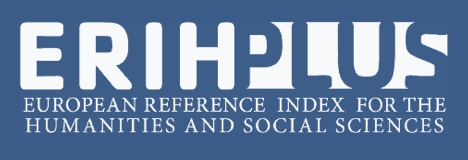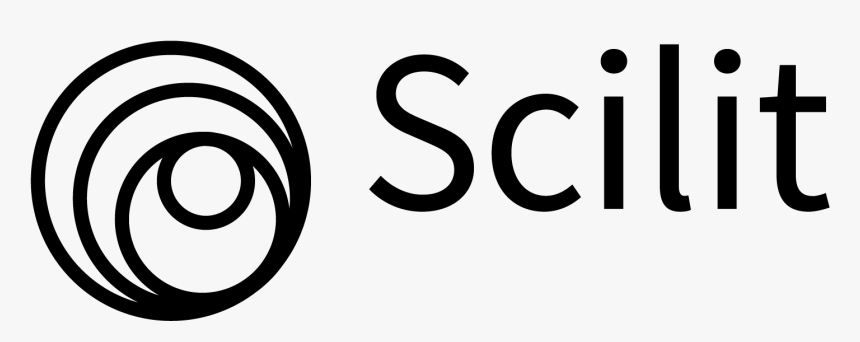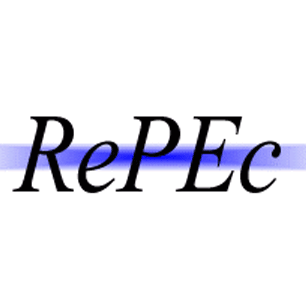To Fill the Bridge between Envy and Employee Work Outcomes through Motivation
Abstract
In pursuit of adding to the body of knowledge, this research aimed to find out effect of Envy on Employee Outcomes with the mediating role of motivation. Envy was categorized as Benign Envy being positive and Malicious Envy being negative. Composite variables of negative and positive employee outcomes were made such that Impression Management and Organizational Politics made Negative Employee Outcomes while OCB and Job Satisfaction made Positive Employee Outcomes. A sample of 271 respondents working in the Education Sector of KP was selected using convenience sampling. Two separate models were made (Model A and Model B) using model 4 of Andrew F. Hayes mediation models for the PROCESS macro for SPSS v. 2.16.3 and analyses were made using the same macro for SPSS to check for mediation among variables. Model A tested for mediation of motivation in relationship between Malicious Envy and Negative Employee Outcomes. Model A was overall significant with partial mediation caused by motivation with an indirect effect of Malicious Envy on Negative Employee Outcomes. In Model B, Benign Envy predicting Positive Employee Outcomes was insignificant, Benign Envy Predicting Motivation was also insignificant, while in accordance to the Equity Theory, Benign Envy and Motivation together predicting Positive Employee Outcomes was significant. Sobel’s test for both the models was insignificant, showing that neither model had complete mediation.

This work is licensed under a Creative Commons Attribution-NonCommercial 4.0 International License.













.jpg)








